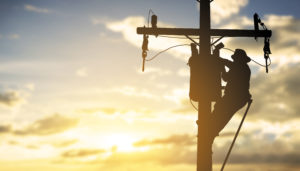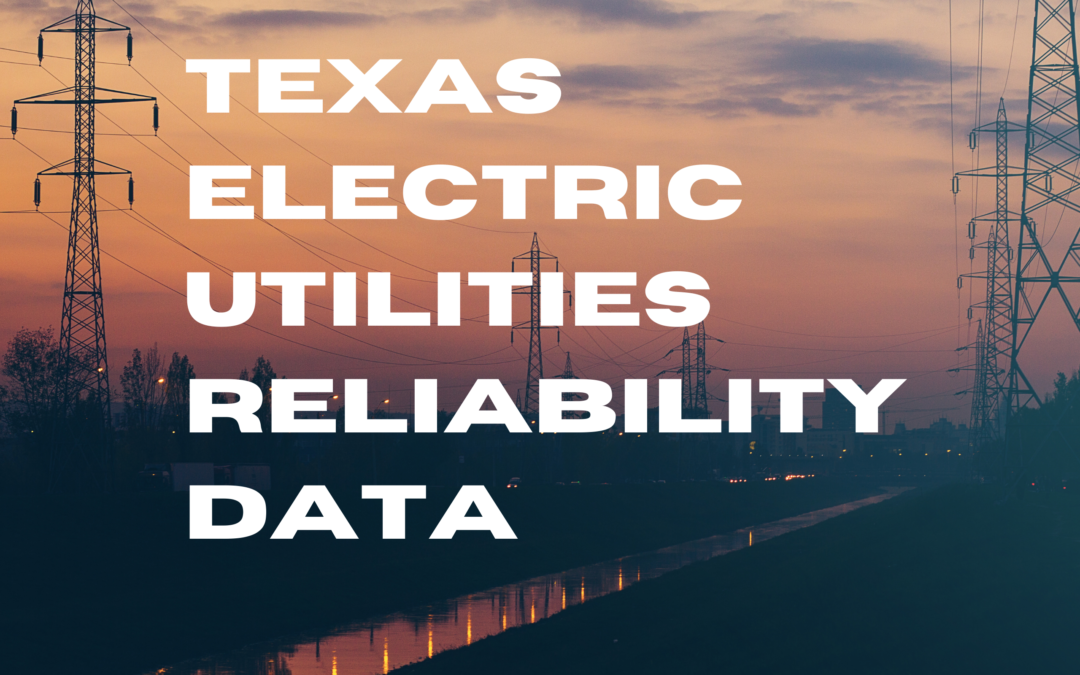Almost all of the surveyed electric utilities had gross capital additions that were higher than ever.
_______________________________________________
Each year, the Texas Public Utility Commission releases a report tracking reliability-related spending by the state’s investor-owned electric utilities that provide distribution services. This year’s report, released October 6, covers the ten-year period from 2010 through 2019. It includes distribution system spending data for all investor-owned electric distribution utilities serving customers in Texas and compares outage frequency and duration between the utilities.
 Among the utilities included in this year’s report are American Electric Power (AEP), CenterPoint, El Paso Electric (EPE), Entergy, Oncor, Southwestern Electric Power Company (SWEPCO), Southwestern Public Service Company (SPS) and Texas-New Mexico Power (TNMP). Outage comparisons in the report use the System Average Interruption Duration Index (SAIDI) and System Average Interruption Frequency Index (SAIFI) that show the duration and frequency of interruptions.
Among the utilities included in this year’s report are American Electric Power (AEP), CenterPoint, El Paso Electric (EPE), Entergy, Oncor, Southwestern Electric Power Company (SWEPCO), Southwestern Public Service Company (SPS) and Texas-New Mexico Power (TNMP). Outage comparisons in the report use the System Average Interruption Duration Index (SAIDI) and System Average Interruption Frequency Index (SAIFI) that show the duration and frequency of interruptions.
The report notes that size and operating environments of the IOUs in Texas are very diverse, which makes comparisons between utilities misleading without careful consideration of these differences. For example, the impact of Hurricane Harvey dramatically impacted CenterPoint’s data. Additionally, vegetation management reflects a wide range of values based in part on geography and climate.
Comparing the available reliability spending data shows SWEPCO at the high end, spending over $55 per customer; while El Paso Electric Company is at the low end, spending under $5 per customer. This range is likely the result of differences in vegetation growth in East and Southeast Texas where SWEPCO operates compared to West Texas where EPE operates.
This year, almost all of the IOUs (Oncor, Texas-New Mexico Power, SPS, Entergy and El Paso Electric) reported gross capital additions that were higher than ever. Moreover, many of the IOUs (TNMP, Entergy, EPE, American Electric Power) roughly doubled their normal level of additions from the past 10 years
Oncor’s Data
Oncor’s data is affected by its acquisition of Sharyland’s distribution system in December 2016. Oncor is tracking System Average Interruption Duration Index and System Average Interruption Frequency Index data separately for the former Sharyland territory for ten years, whereas, starting in 2017, the vegetation management data is combined. This year, Oncor is spending more than ever on both capital additions and operations and management (both rising about 10-20% each year over the past 10 years). Its vegetation management is slightly above average for the past seven years. Its SAIDI and SAIFI reflects a rise in duration and frequency of interruptions in service that are attributable to major events. Further, over the last ten years, Oncor’s percentage of SAIDI and SAIFI attributable to major events is much higher than other utilities.
Notably, over the last 10 years, Entergy, Sharyland, and SWEPCO have averaged much higher SAIDI and SAIFI than other utilities. AEP Texas has roughly tripled its maintenance spending over any other previous year. This may be to combat its SAIDI, which has steadily increased each year for the last 10 years. Its operations and management expenses have doubled, but this is entirely attributable to the previously mentioned increase in maintenance.
The Commission’s report can be found here.
Patrick Dinnen, an attorney with Lloyd Gosselink, specializes in utility issues.

